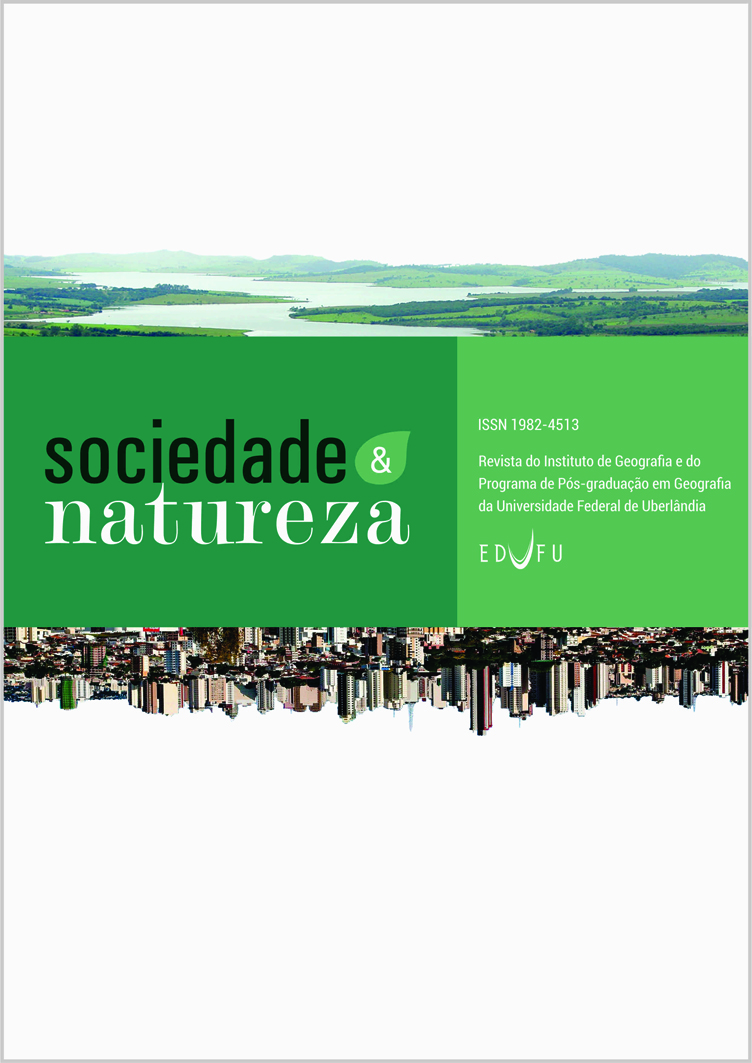Abstract
Change detection in the natural vegetation of the Cerrado has been conducted based on optical satellite images. With the free availability of Sentinel-1A satellite radar images, continuous, near-real-time monitoring of land use changes has become a reality. The objective of this study is to analyze the potential of the Sentinel-1A satellite radar images to detect changes in the Cerrado ́s natural vegetation cover for the purpose of law enforcement procedures tocontrol illegal deforestation. The test sitewas the western of BahiaState. We selected two Sentinel-1A scenes obtainedon October 3, 2016 (T0) and October 27, 2017 (T1) (C-band, 20-meter spatial resolution, VV-and VH-polarizations). A set of 159 deforestation polygons identified in the Landsat-8 Operational Land Imager (OLI) satellite images from2016 and 2017 (eight scenes) were used as training samplesto define typical radar backscatteringcoefficients () from the areas corresponding to the changes in the natural vegetation cover. The potential of change detection technique was analyzed based onboxplot graphs involving values derived from the ratio T1/T0 (without filtering and processed by the Refined Lee and Quegan & Yufilters). Three thresholds were considered for each polarization. All radar image processing was conductedbased onthe Google Earth Engine platform. The best result was obtained for the combination of VH, Refined Lee and threshold of 0.60, which presented 95% of overall accuracy and 39%of omission error.
Authors hold the Copyright for articles published in this journal, and the journal holds the right for first publication. Because they appear in a public access journal, articles are licensed under Creative Commons Attribution (BY), which permits unrestricted use, distribution, and reproduction in any medium, provided the original work is properly cited.

